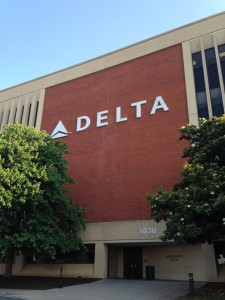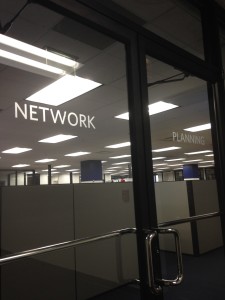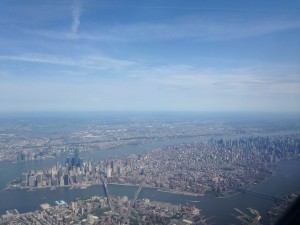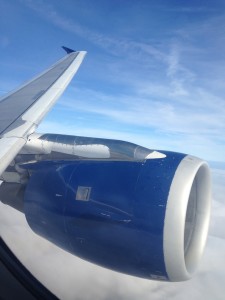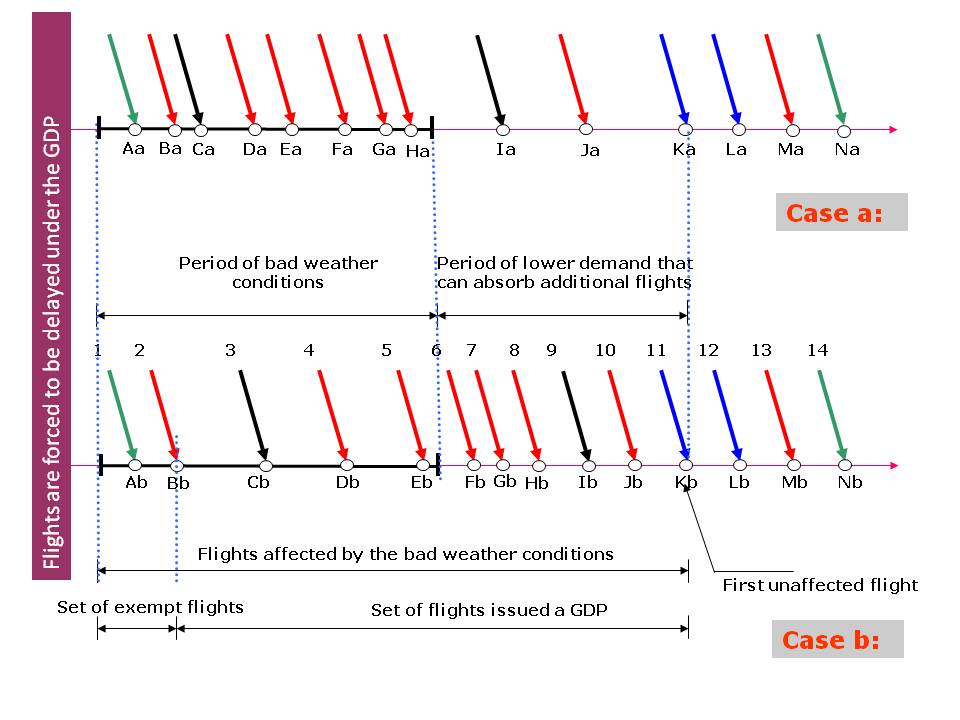As some you know, Winter Storm Stella has made its way to the northeast of the United States and Canada. It is the worst snow storm of the season and some areas got up to three feet of snow! The worst of the blizzard came yesterday but it is still snowing here where I am in Montreal, Canada. According to FlightAware, close to 6,500 flights were cancelled by U.S. airlines yesterday. Today (Wednesday), flight operations are getting back to normal slowly but there are still 1,000 cancellations and more than 3,000 flights delayed.
Recognizing the dedication of our ramp crew during difficult winter conditions yesterday at Montreal's @aeroportsMTL. pic.twitter.com/vyGmymiCgI
— Air Canada (@AirCanada) March 15, 2017
A close-up look at the people and machines that keep things moving safely when it snows at the airport #wintertravel https://t.co/62U488csN8
— Toronto Pearson (@TorontoPearson) March 14, 2017
Checkout the video above and learn how airports remove snow on taxiways, runways and other movement areas!
Thousands of airport and airline employees are working very hard and doing their best in order to get passengers safely and as quickly as possible to their final destination. If you are flying in the next few days, look at your flight status before heading to the airport. Your flight(s) might have been delayed or cancelled.
If you flight is delayed or cancelled, stay calm and be patient. Do not be angry at the airport customer service employees. Airlines and are not responsible for weather related delays. The employees are just trying to help passengers to get to their destination. I doubt that they will be willing to help you more if you shout at them!
Airlines are receiving more calls than usual during this period so the wait time will be very long. Your best bet might be to try to contact the airline via social media, such as Twitter. They might be able to assist you. Once your flight has been cancelled, some airlines have a system that automatically rebooks you to the next available flight.
If you don’t have to go anywhere, just stay home and stay away from streets as some of them are still covered with ice and snow.
Until next time!
Nicolas


